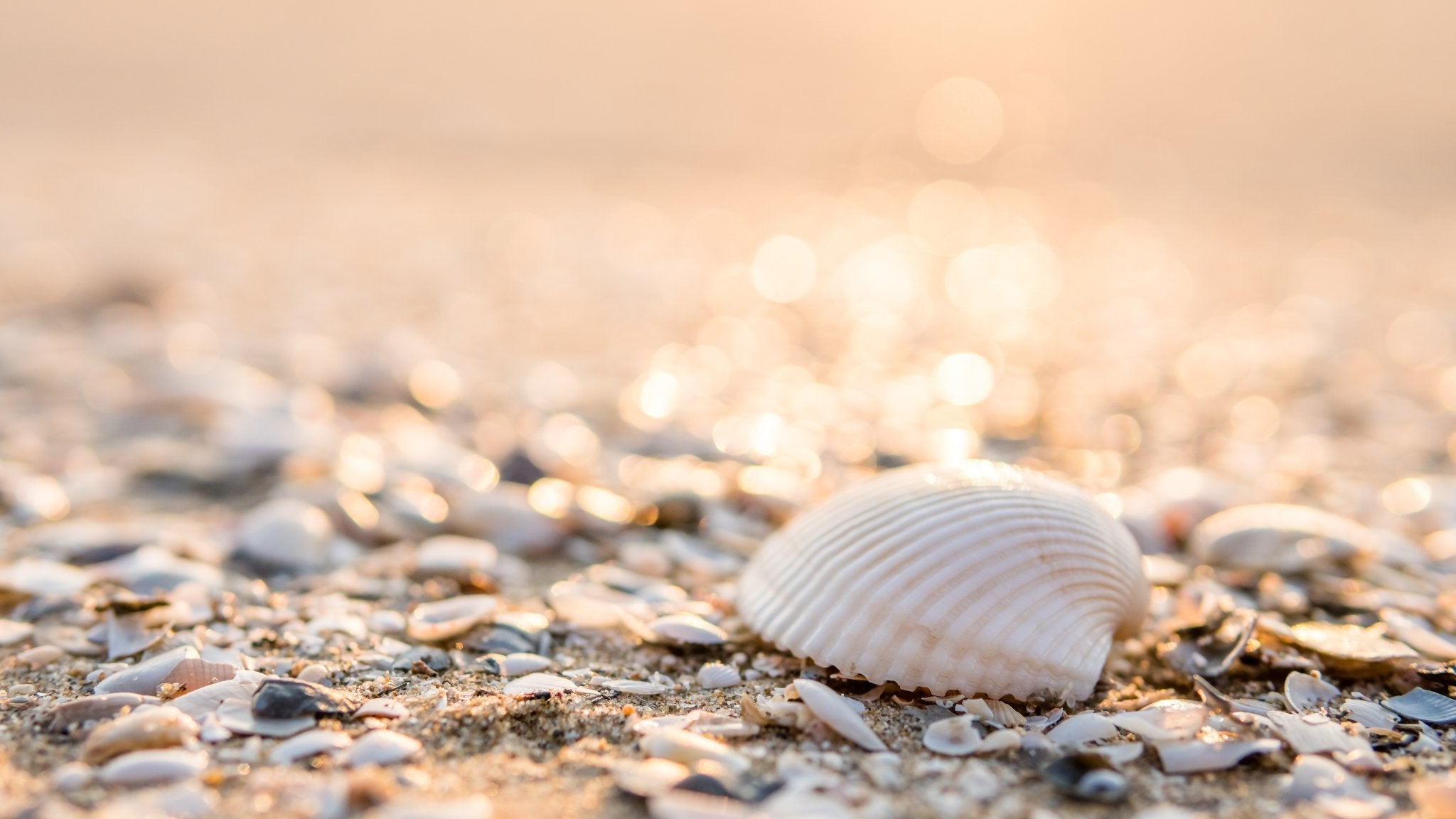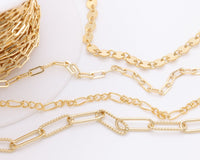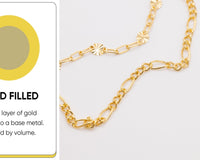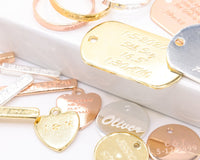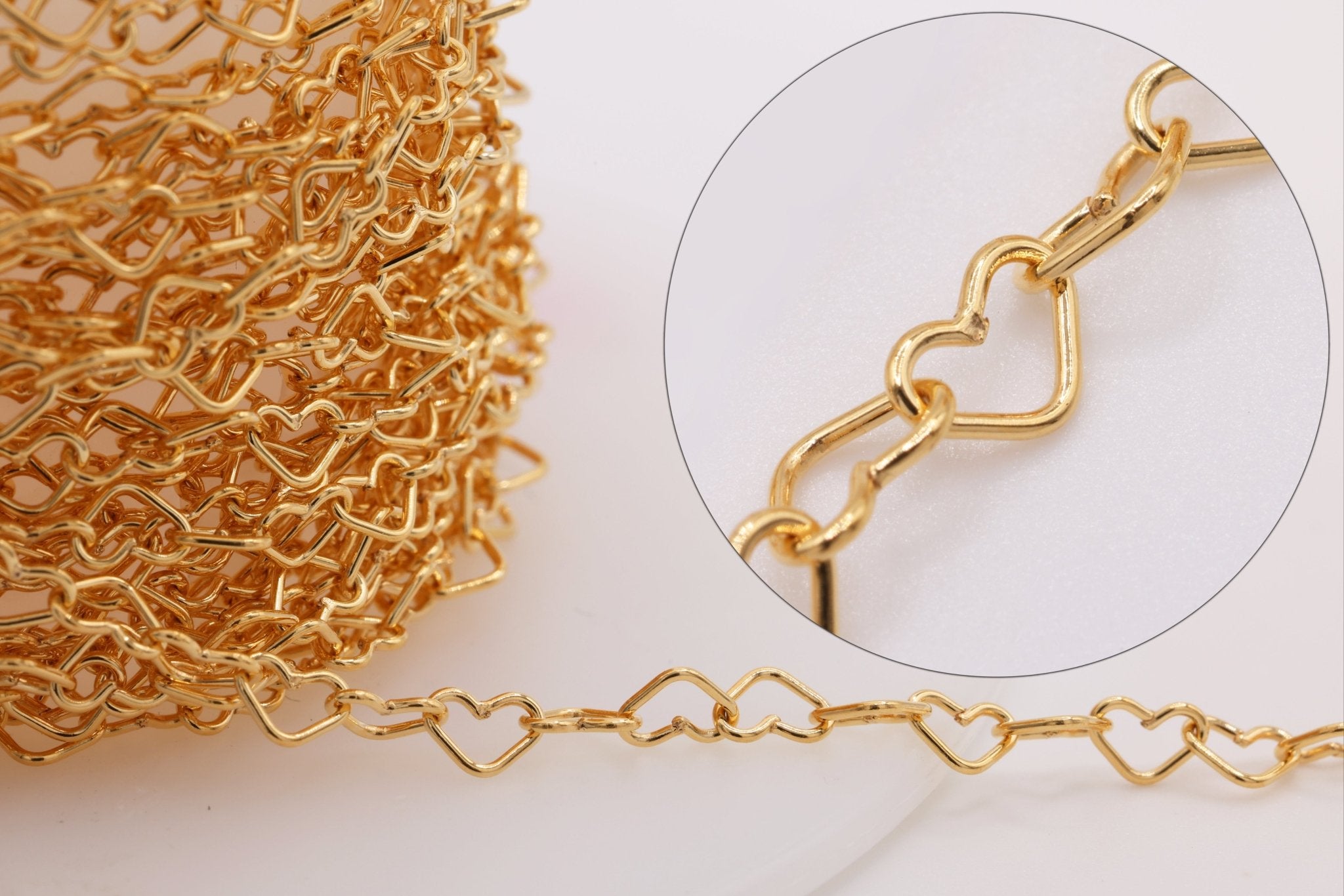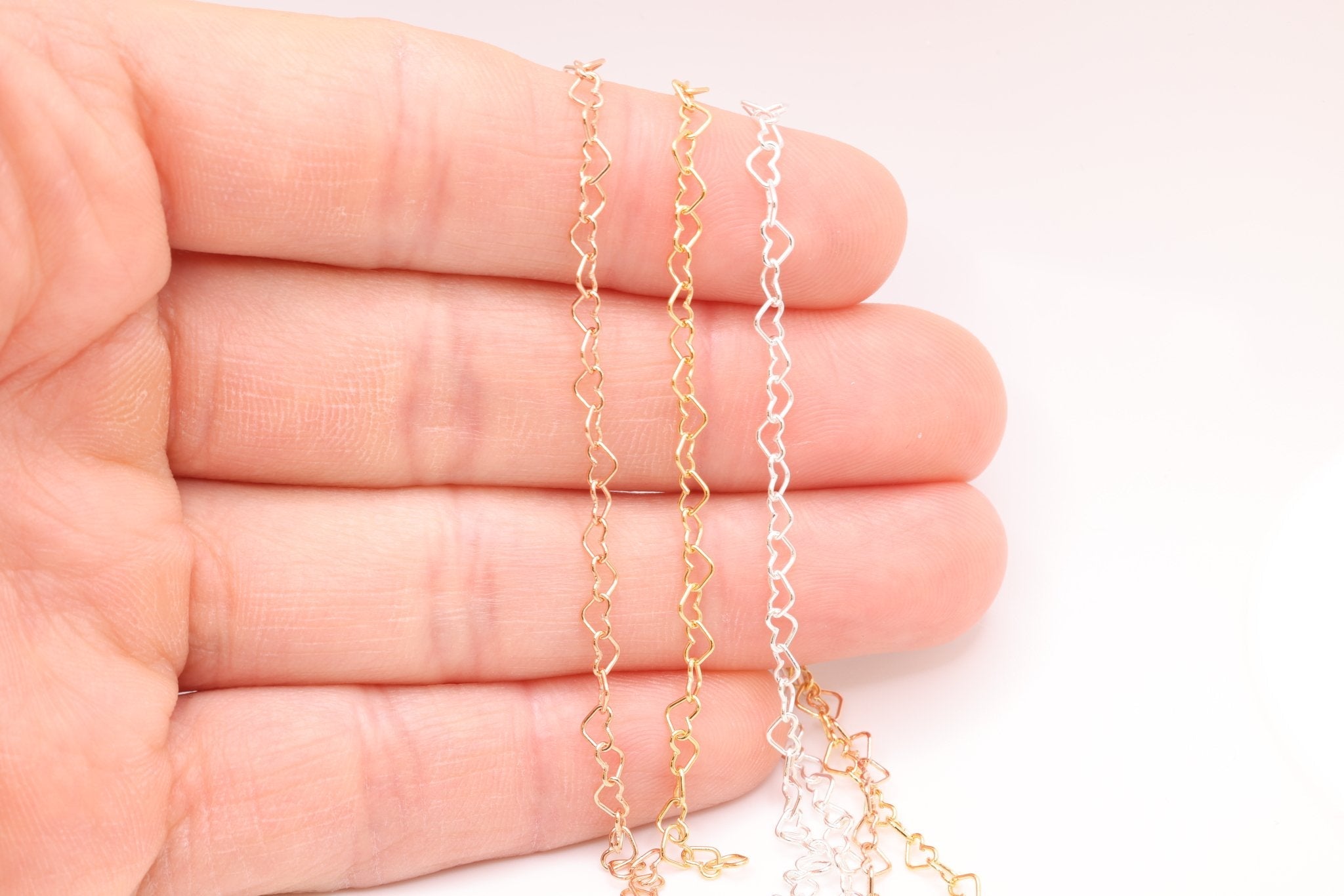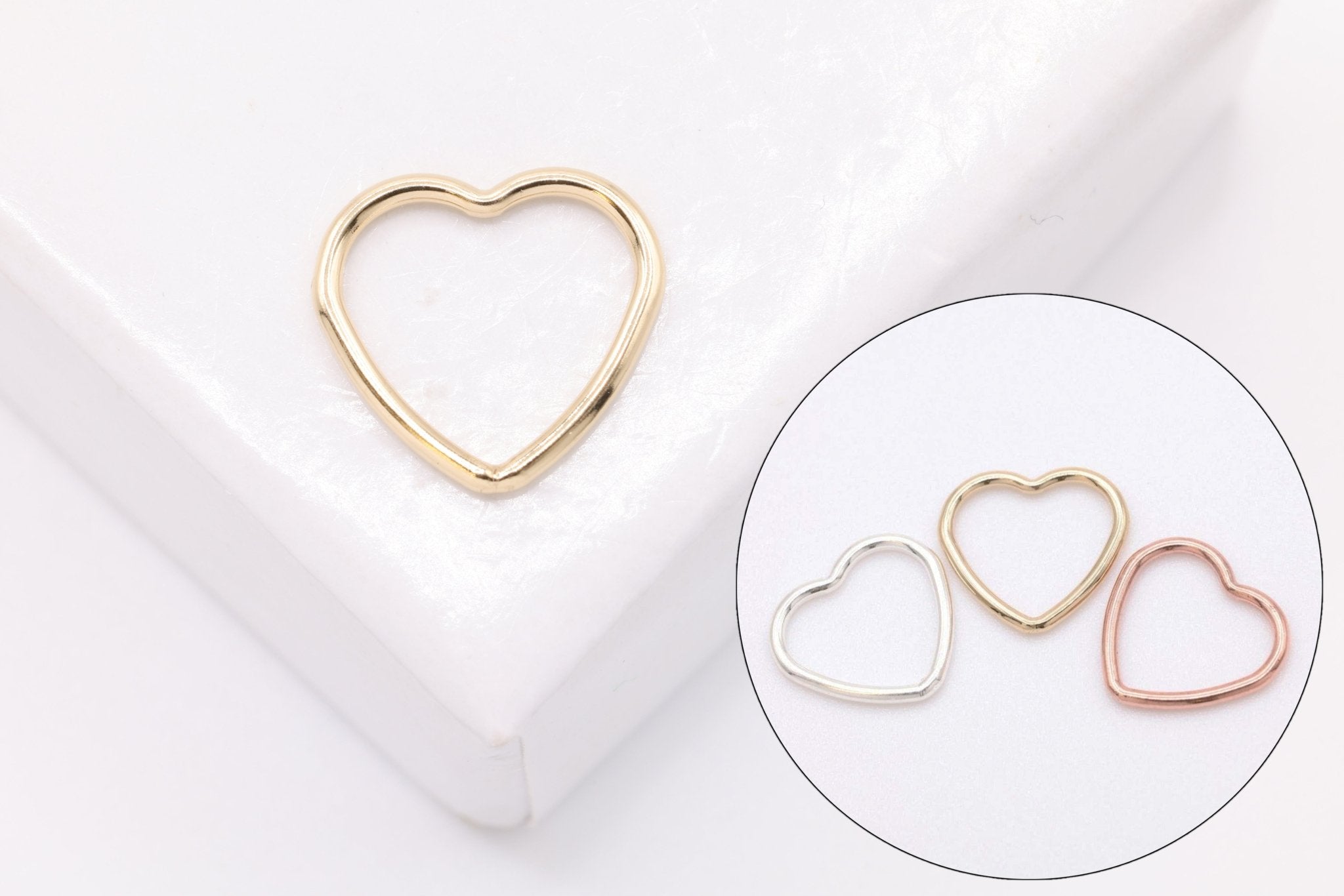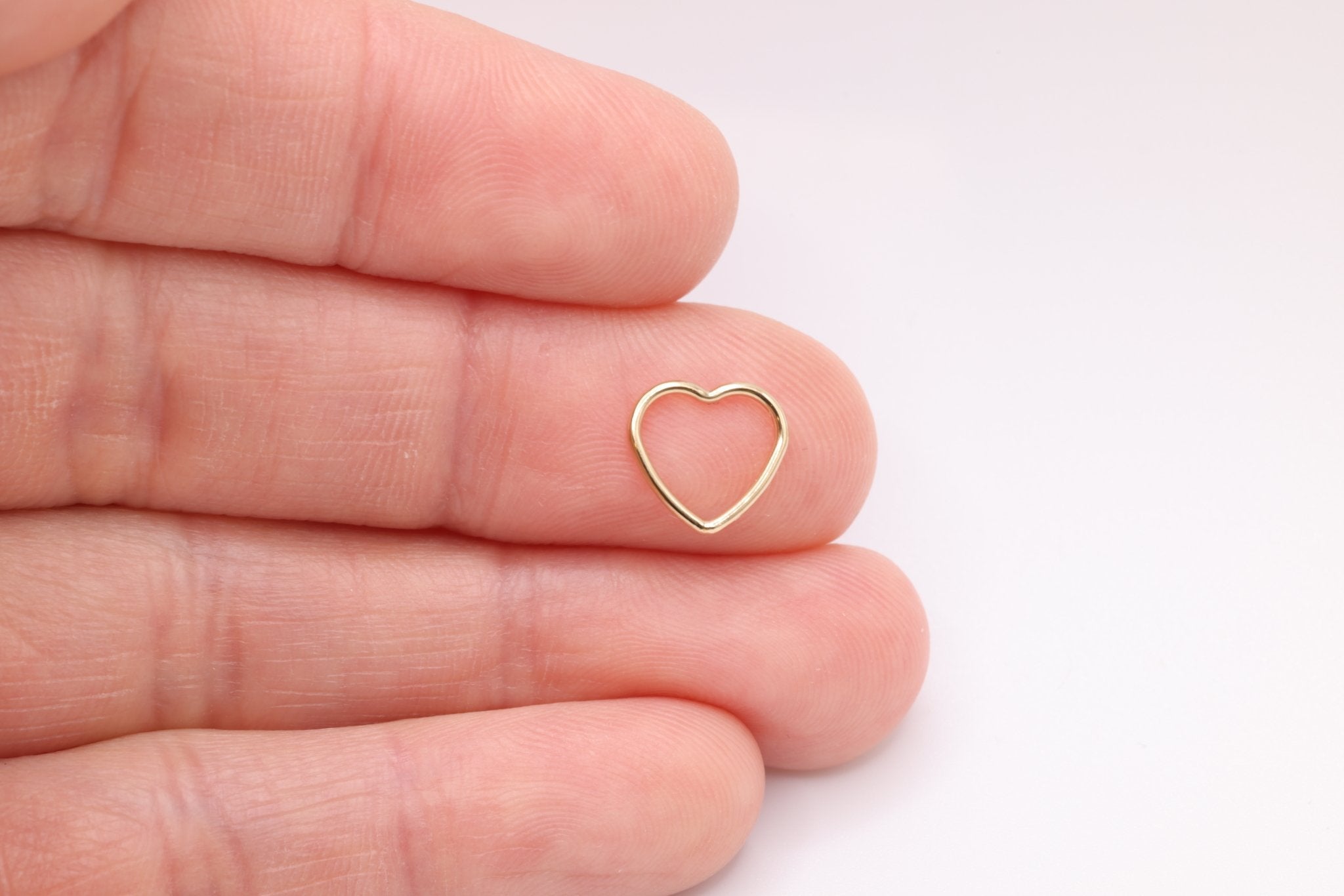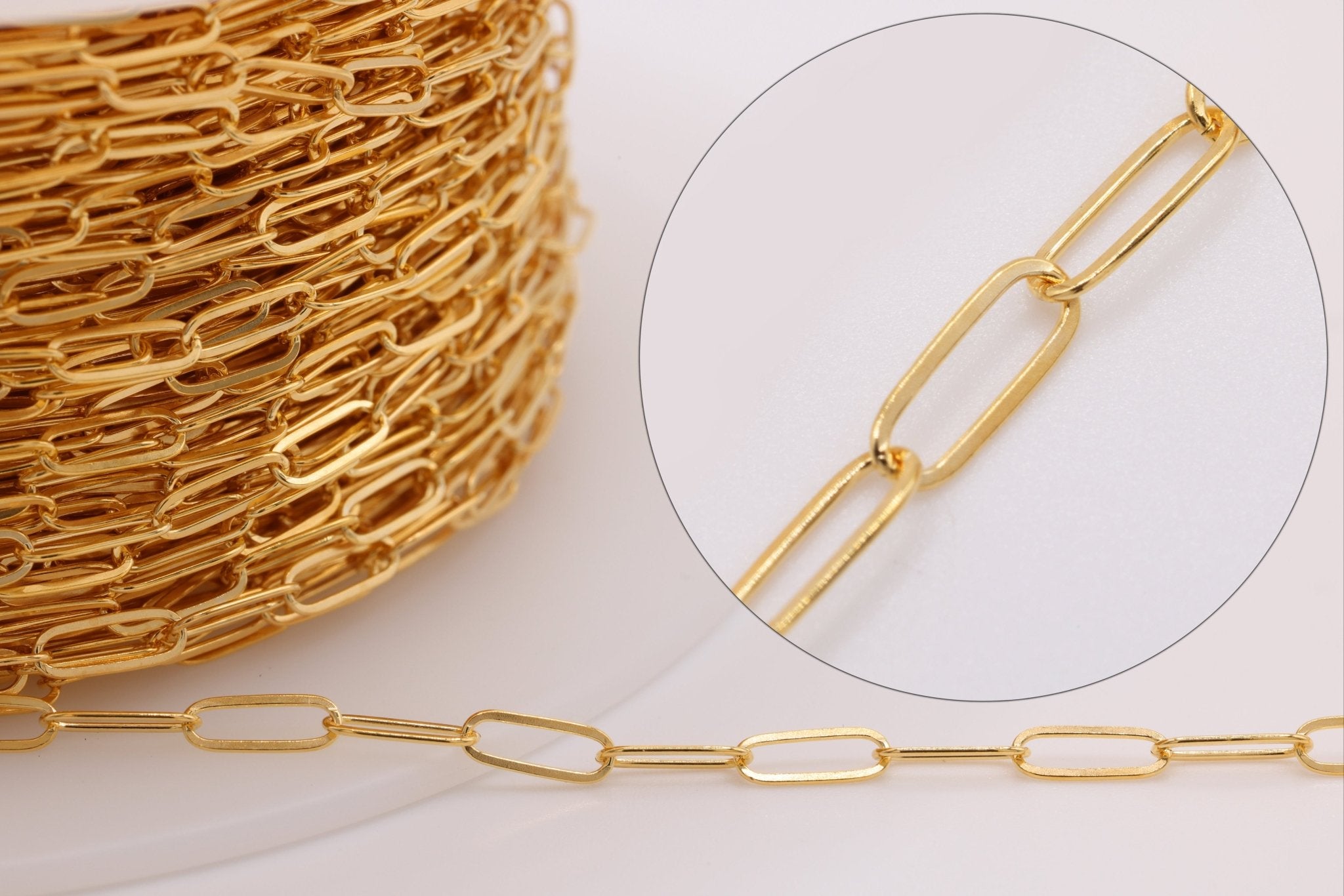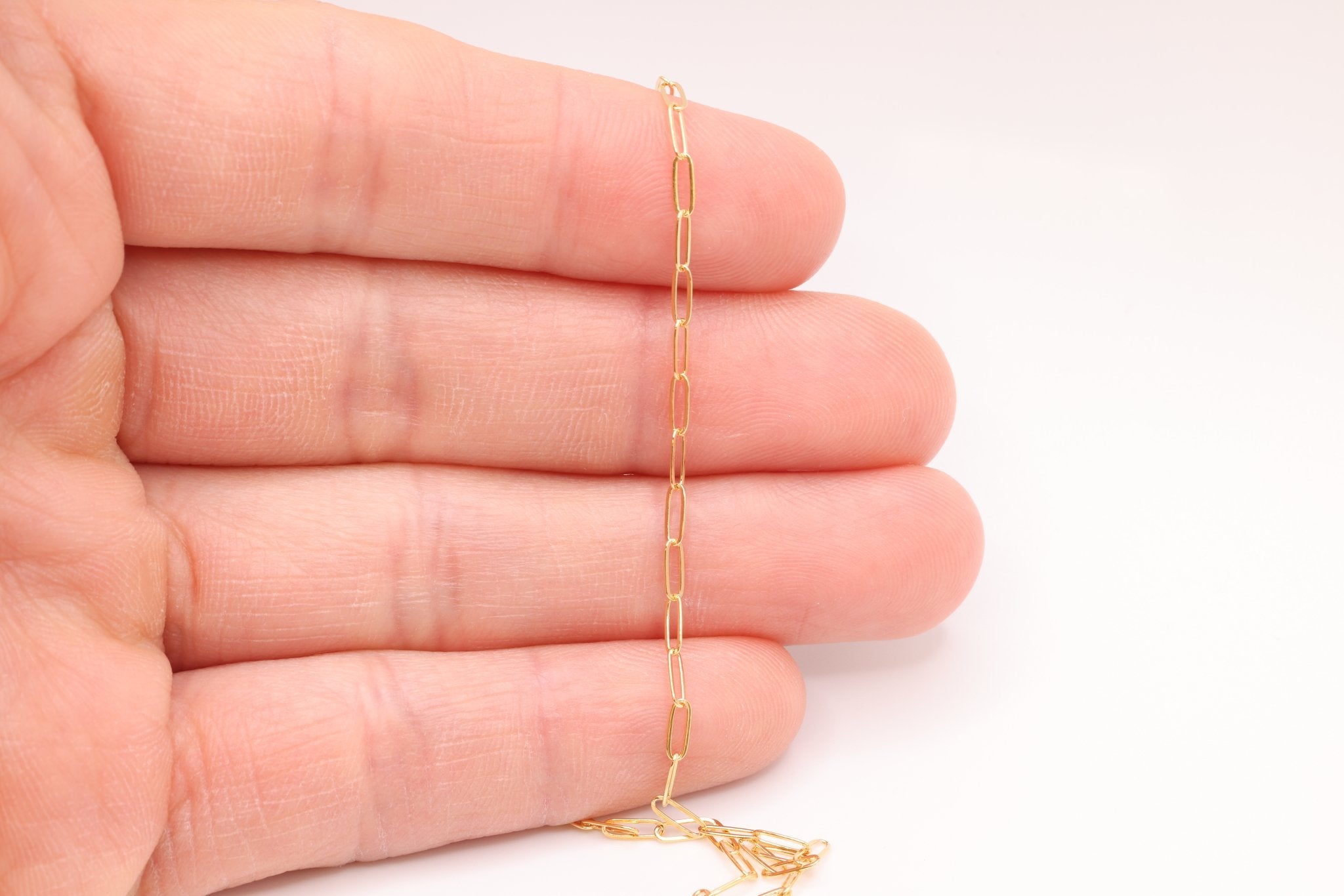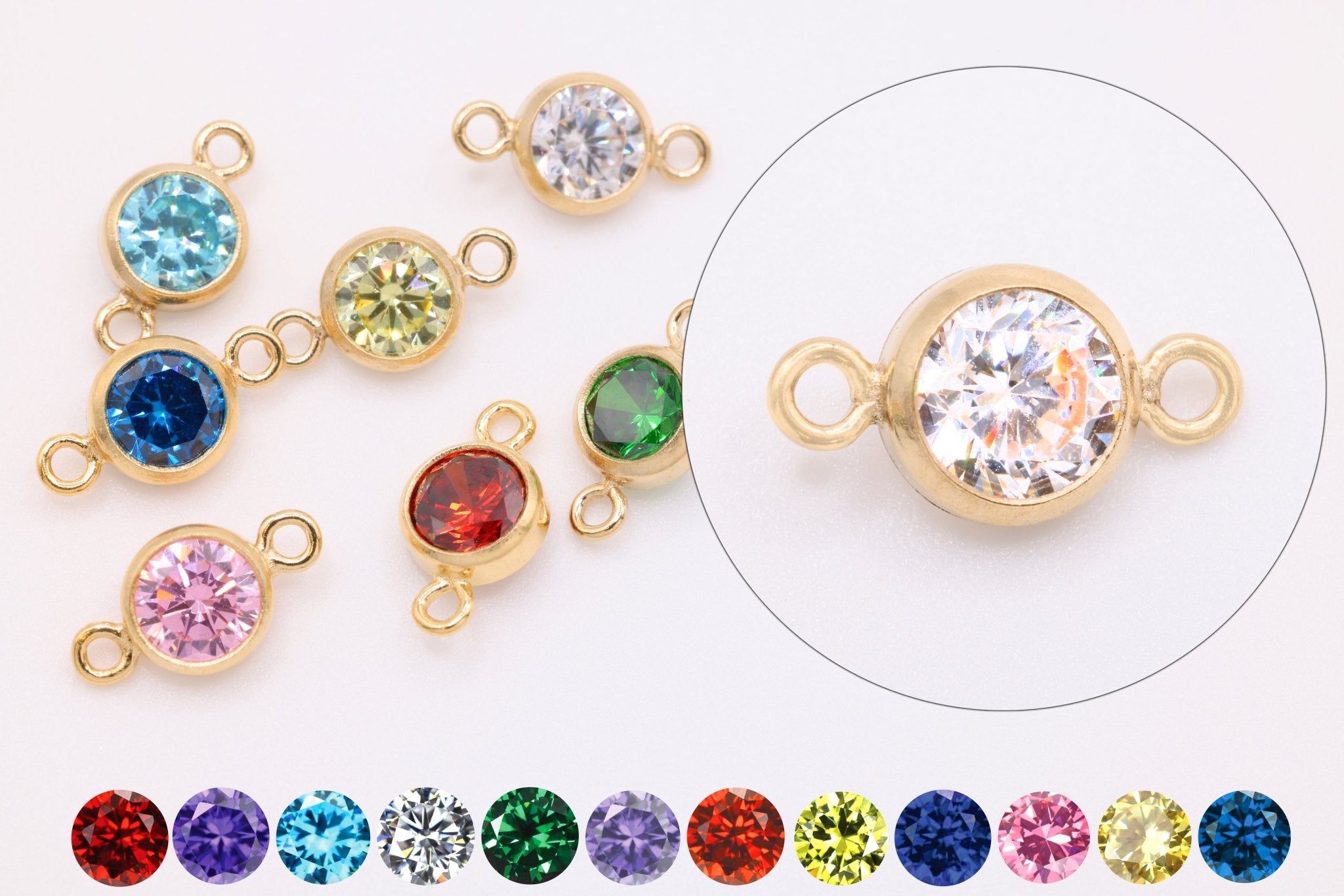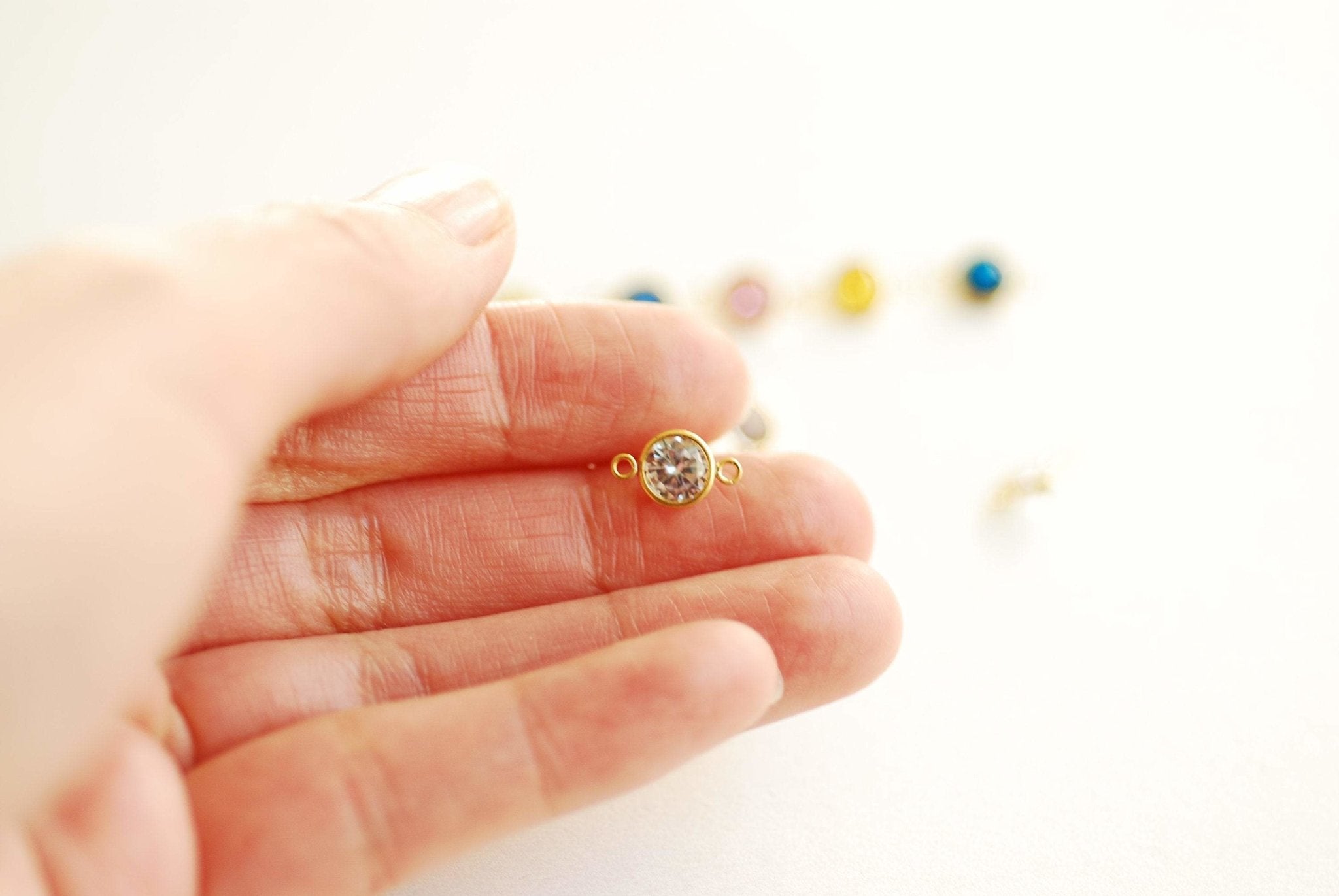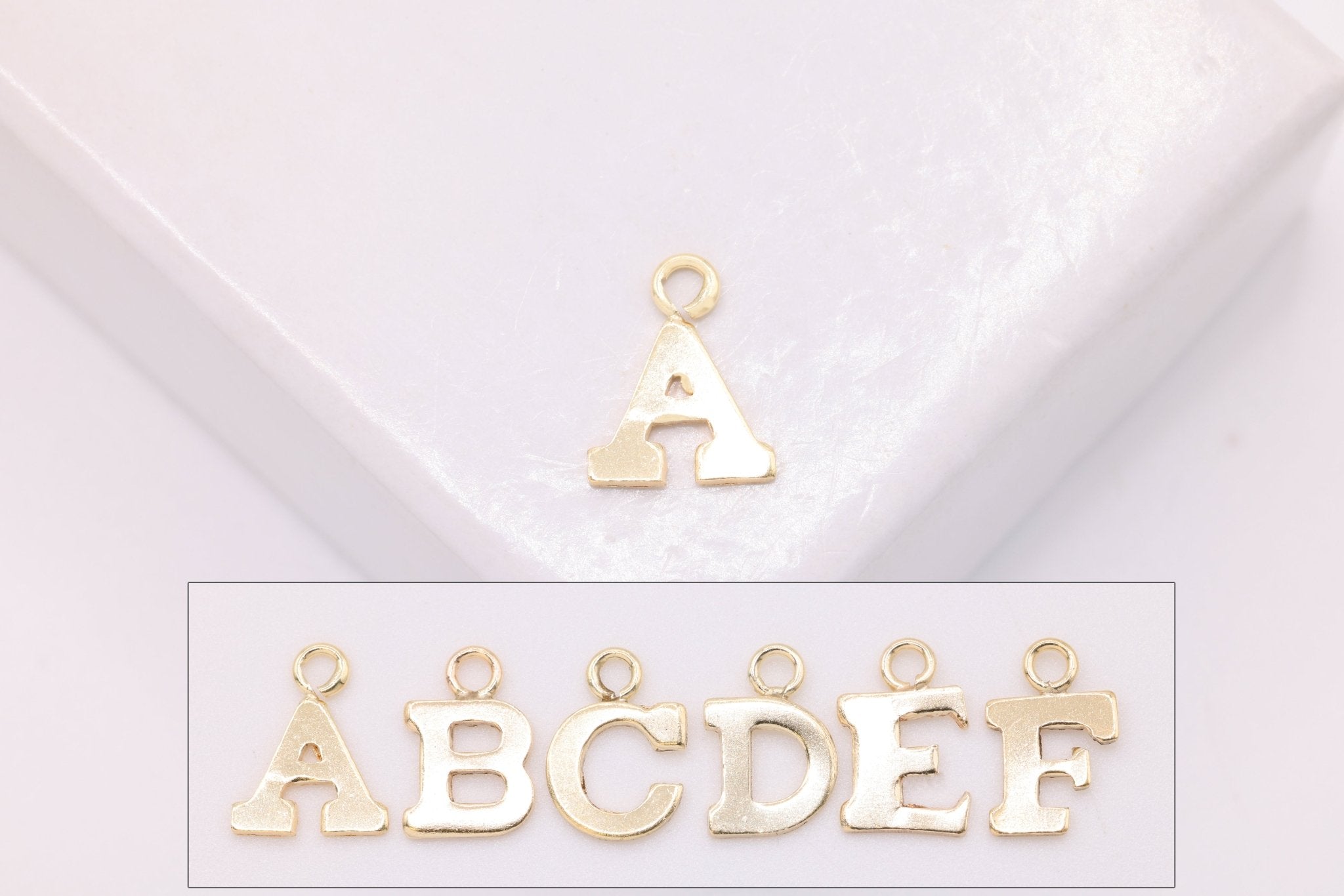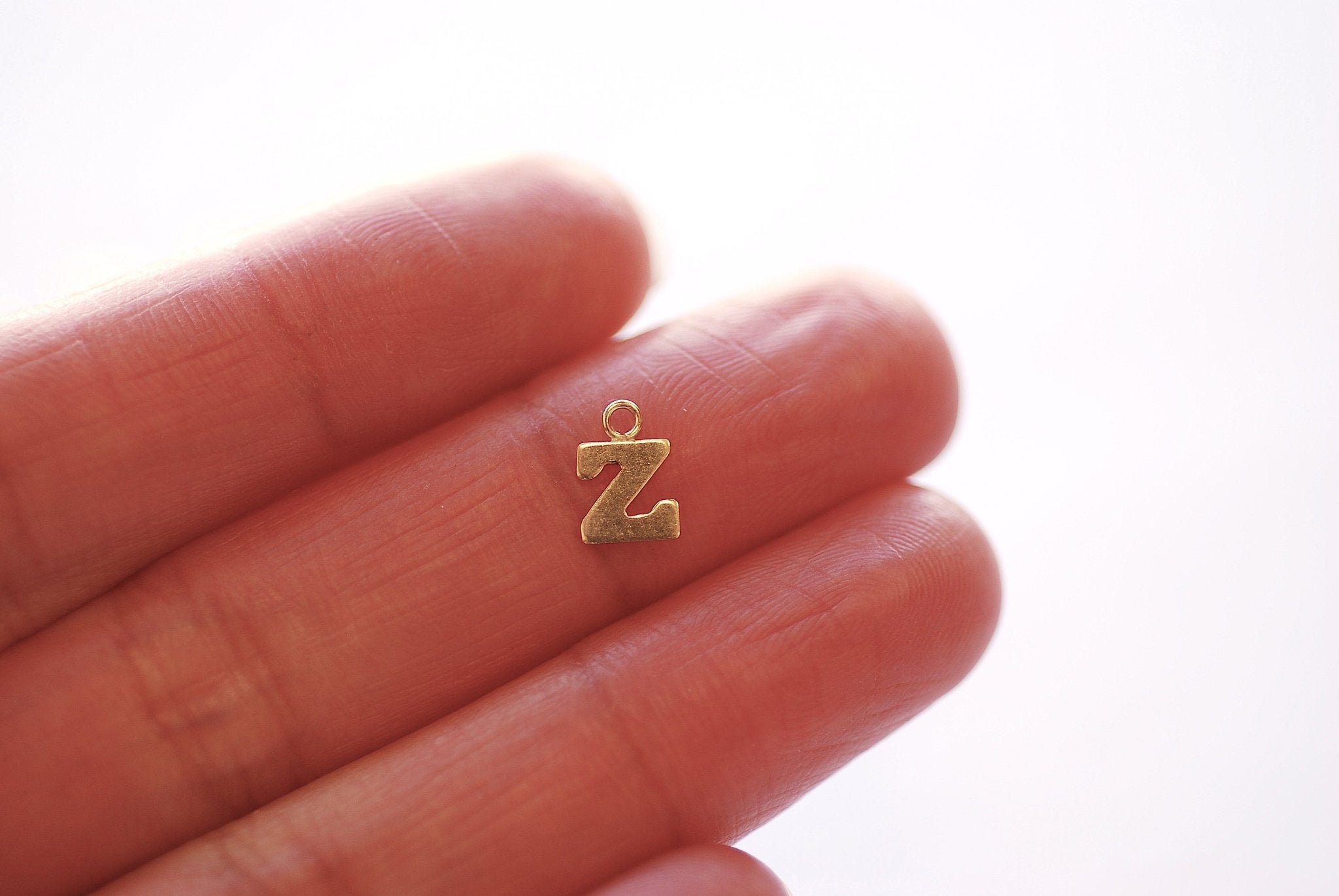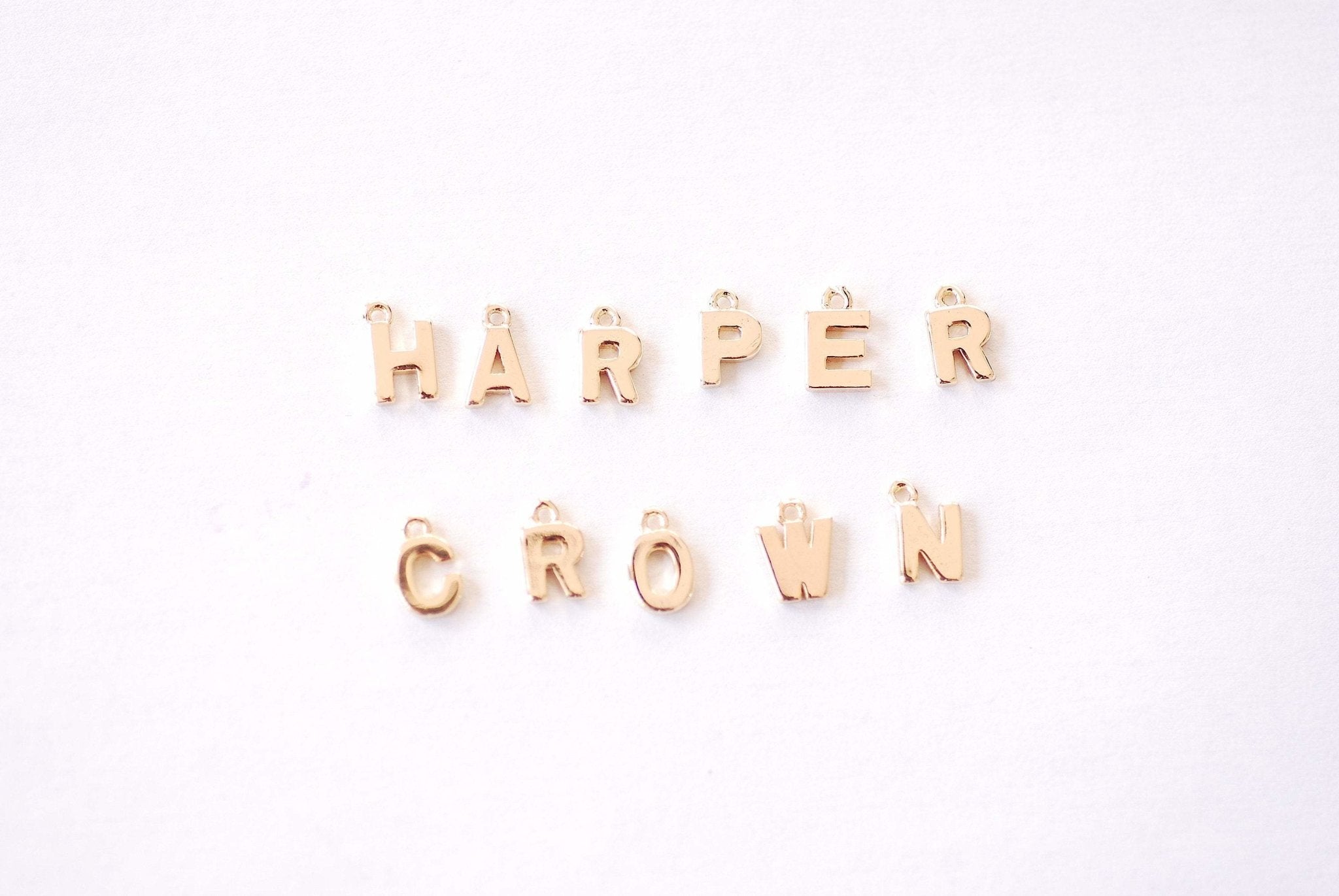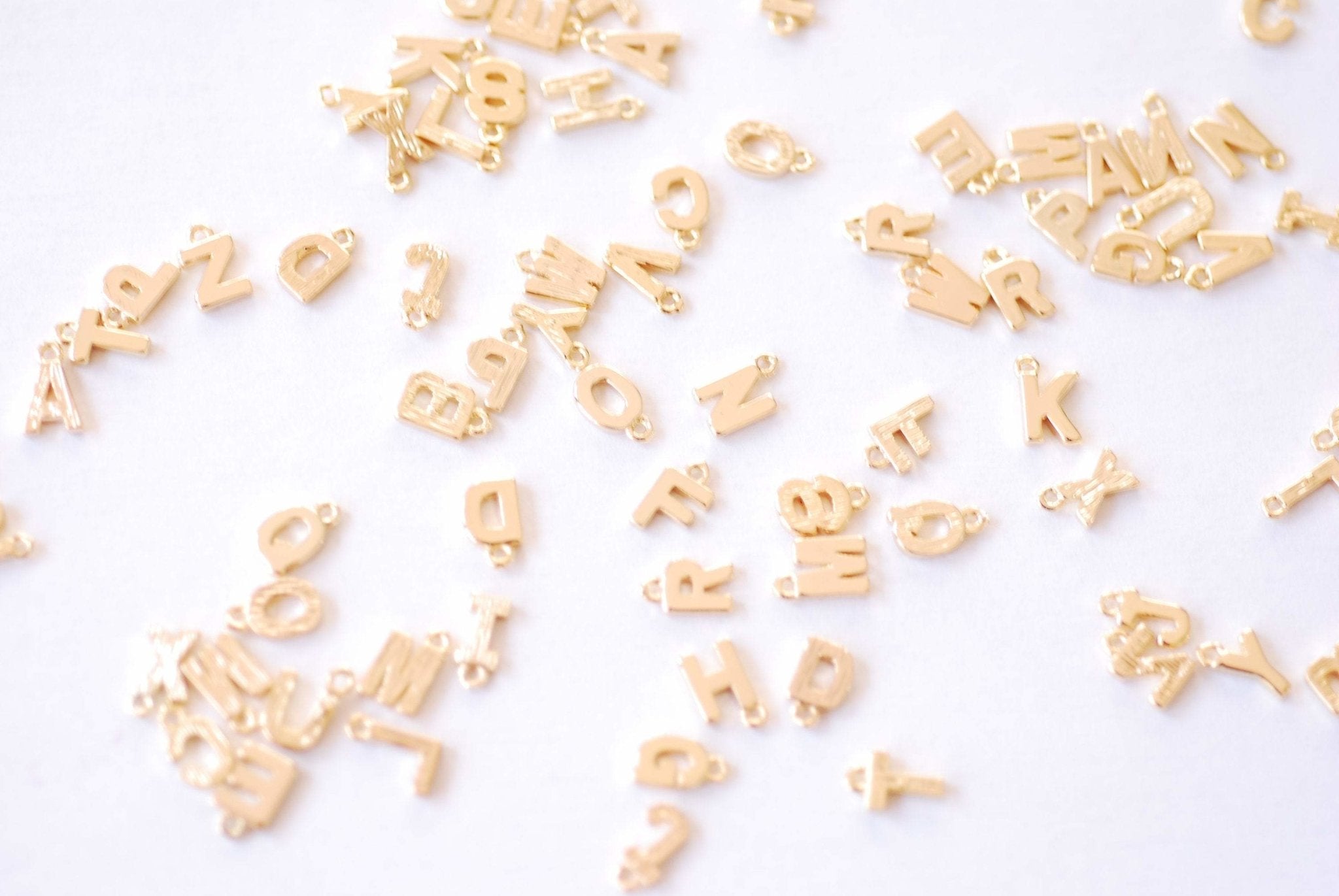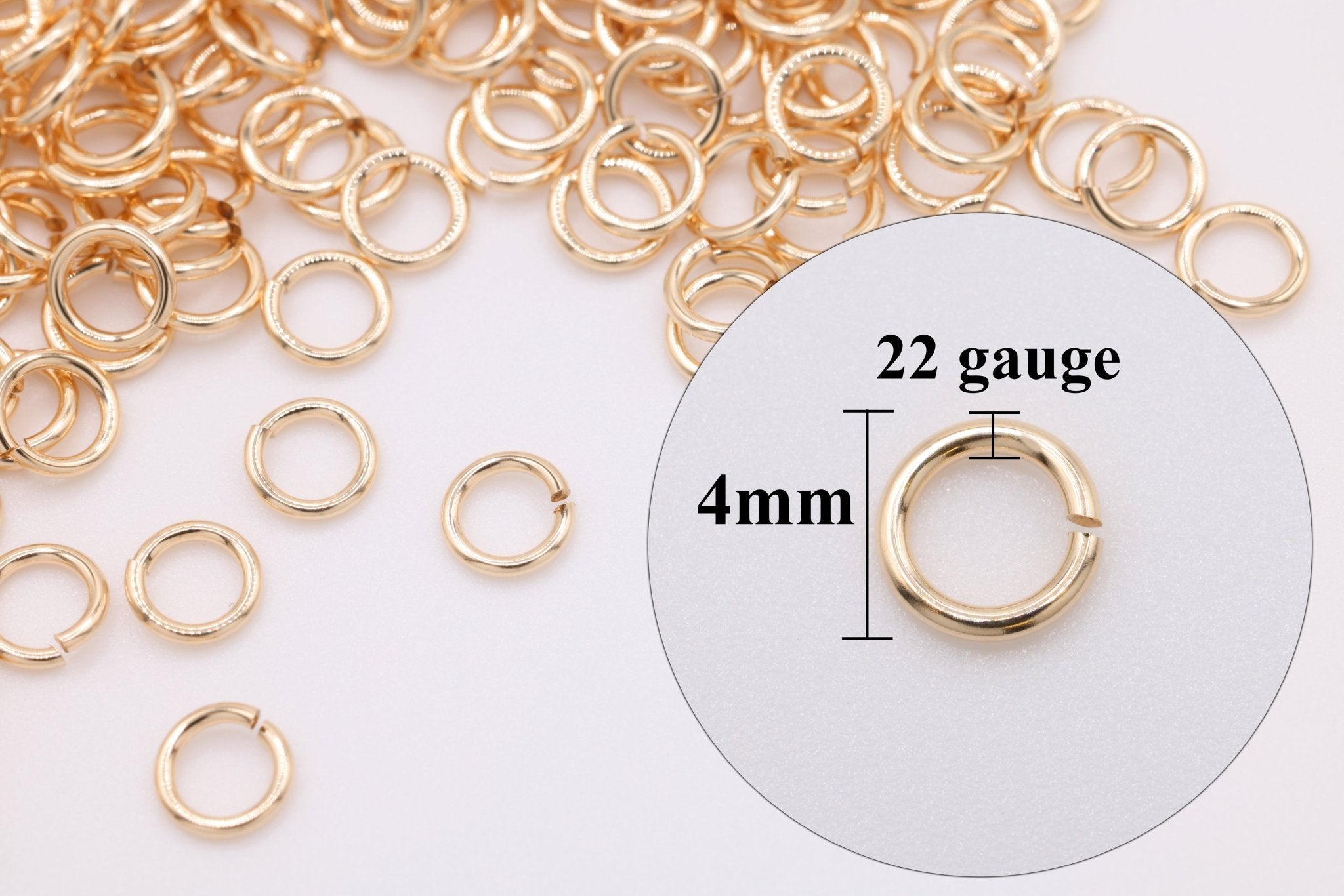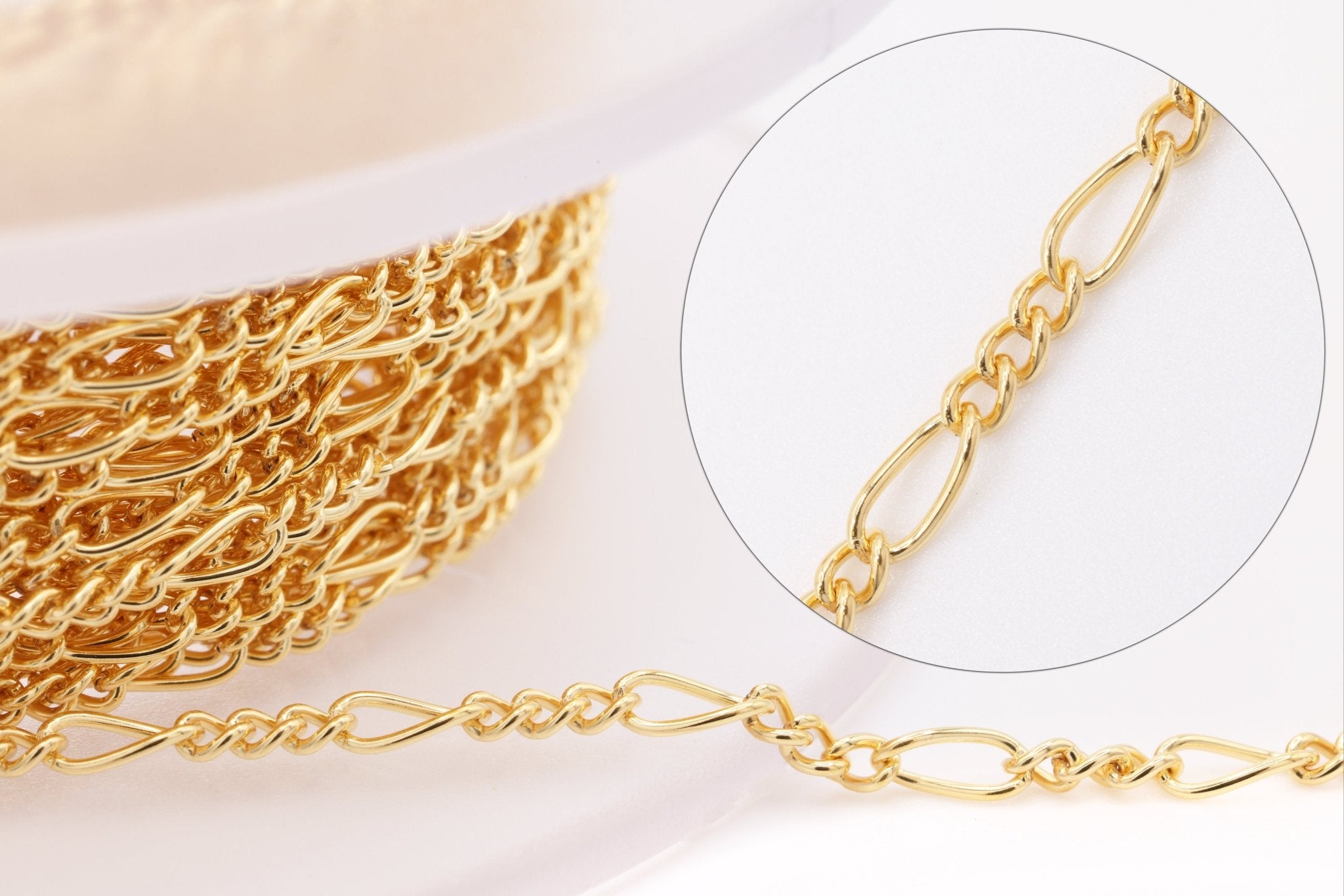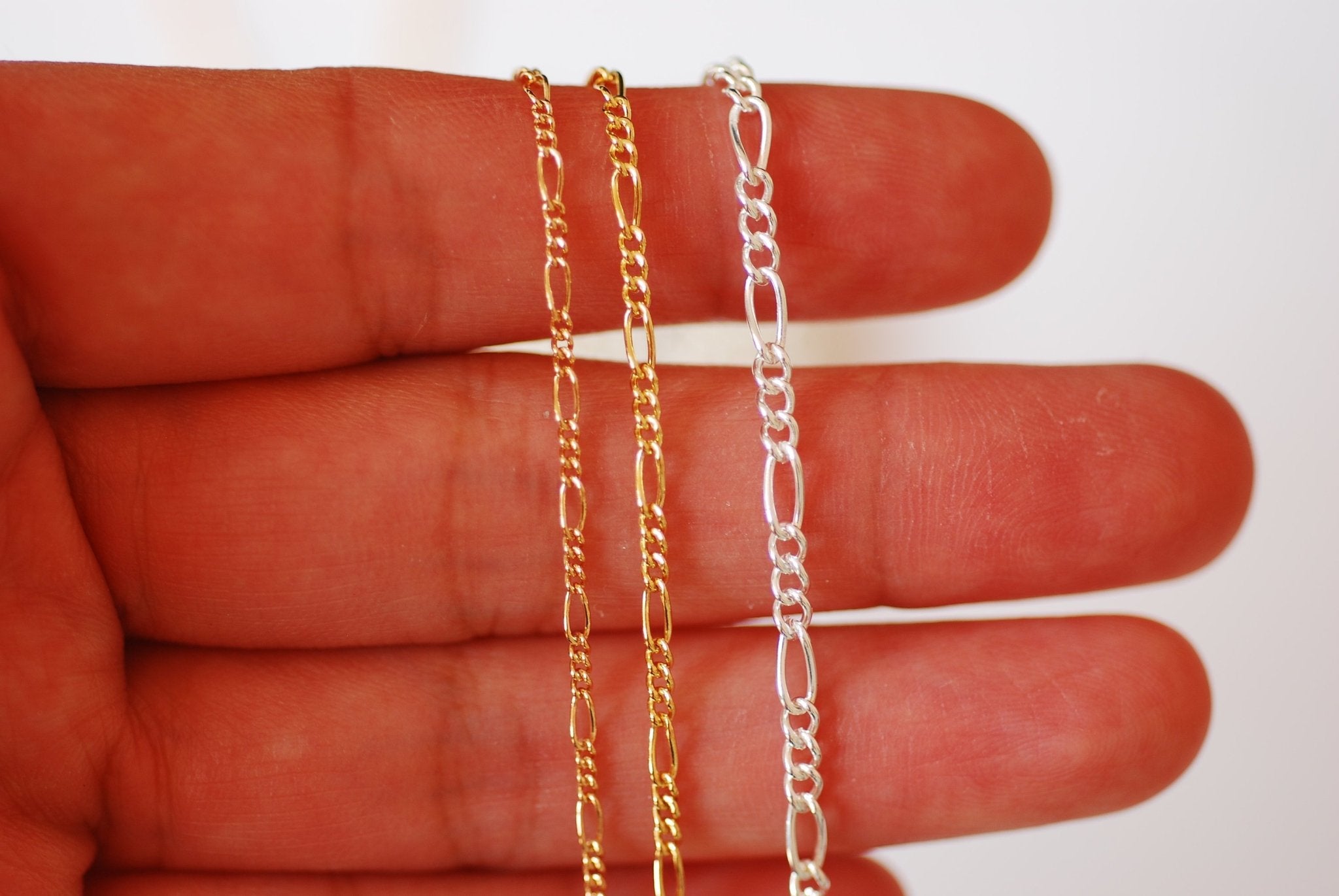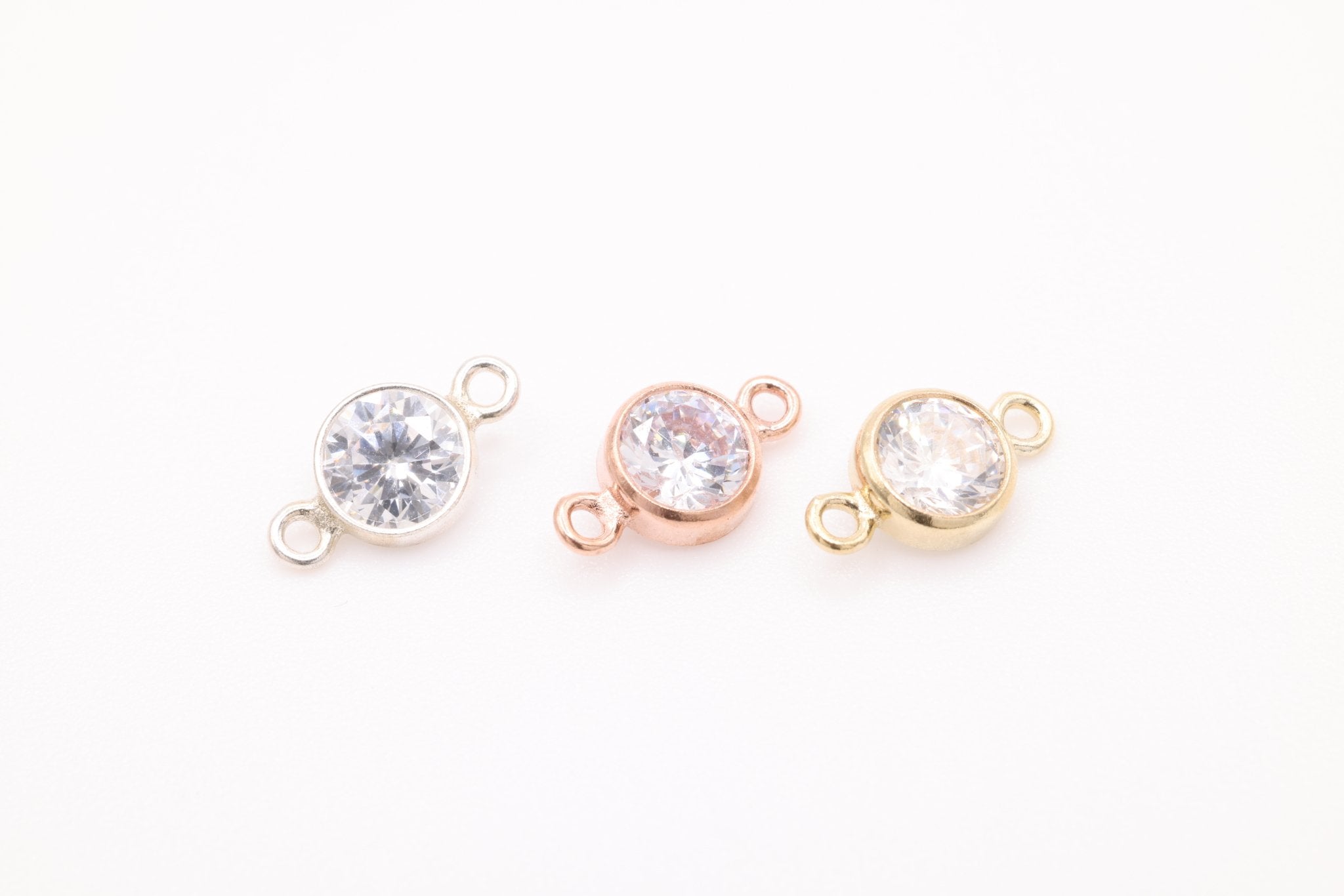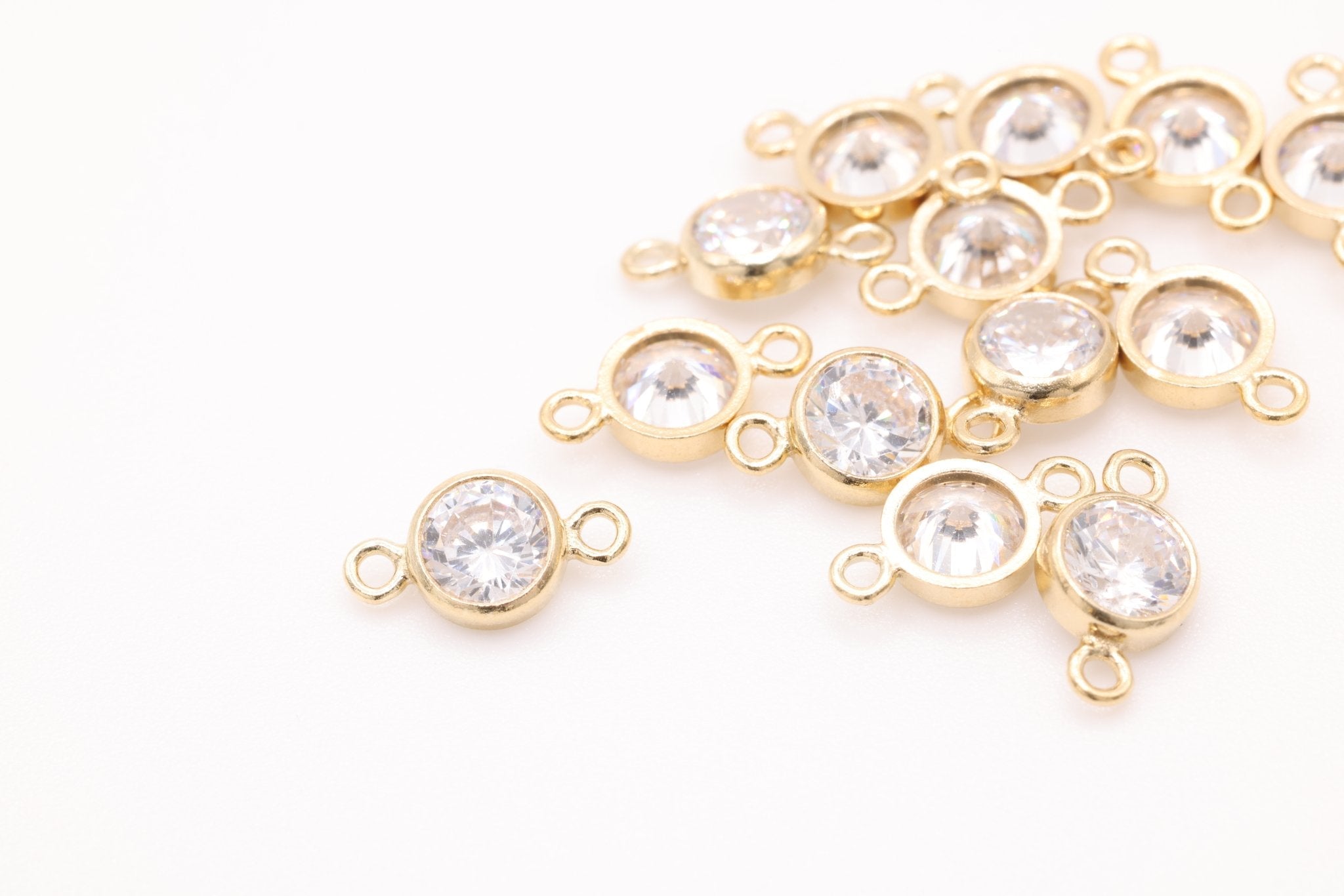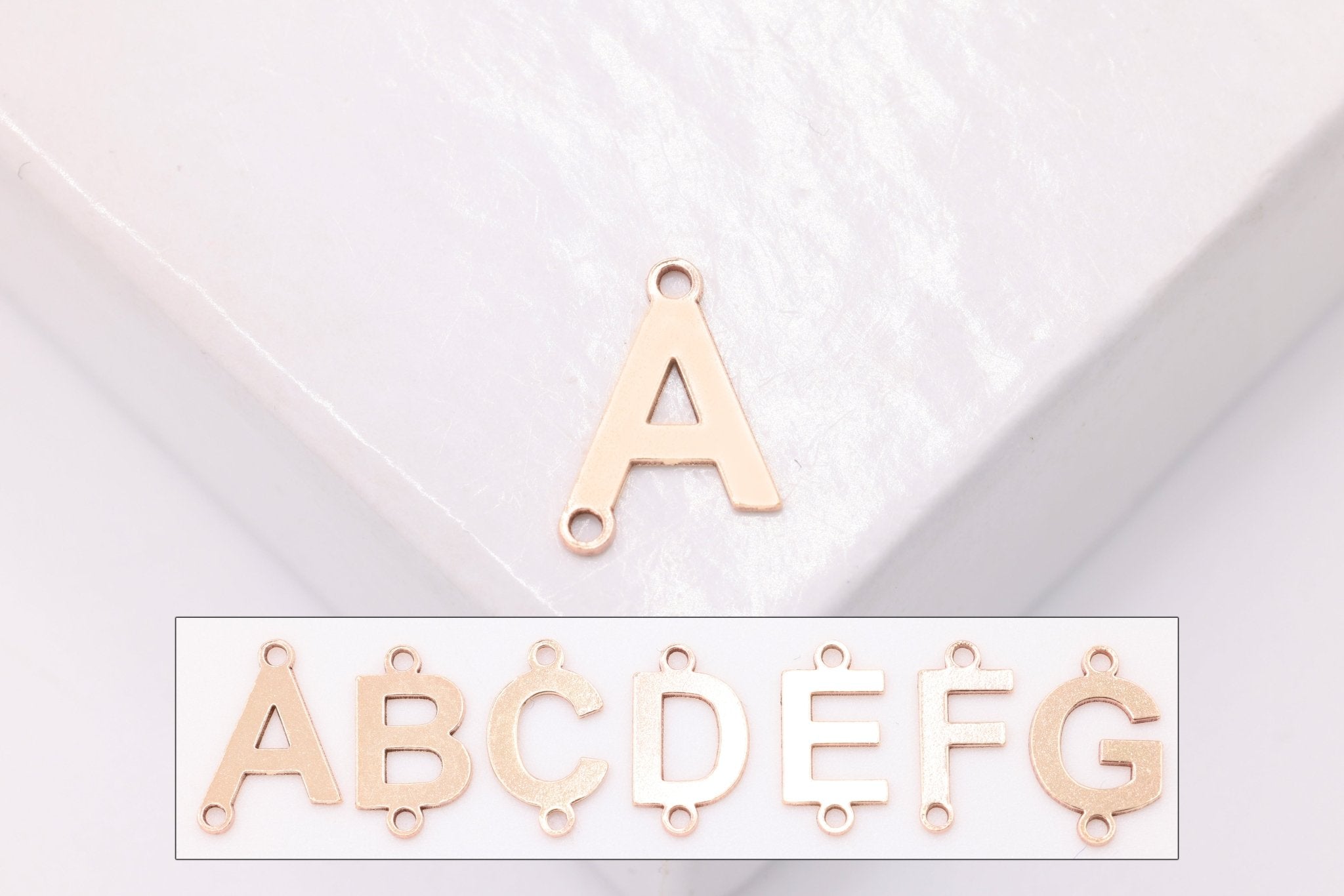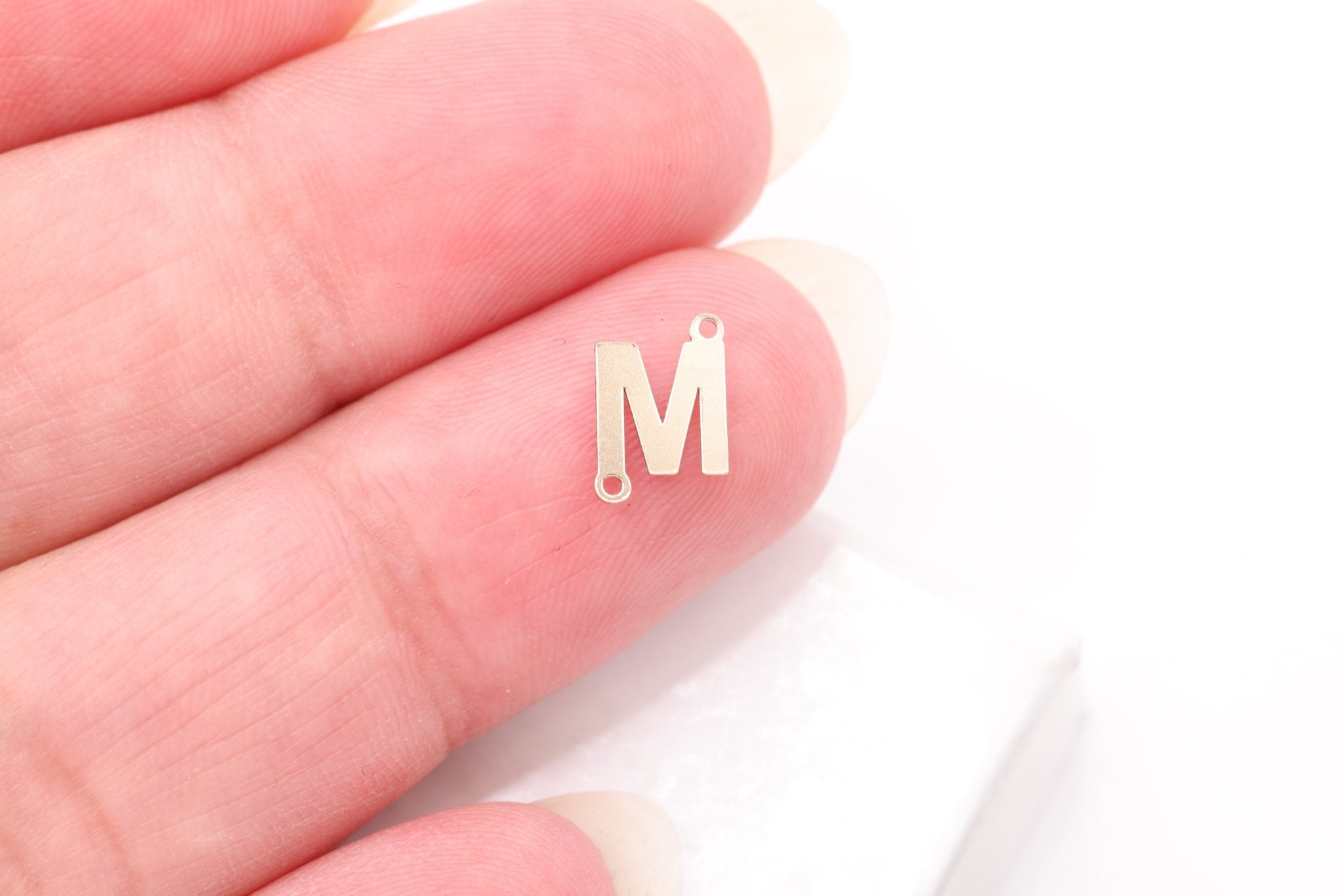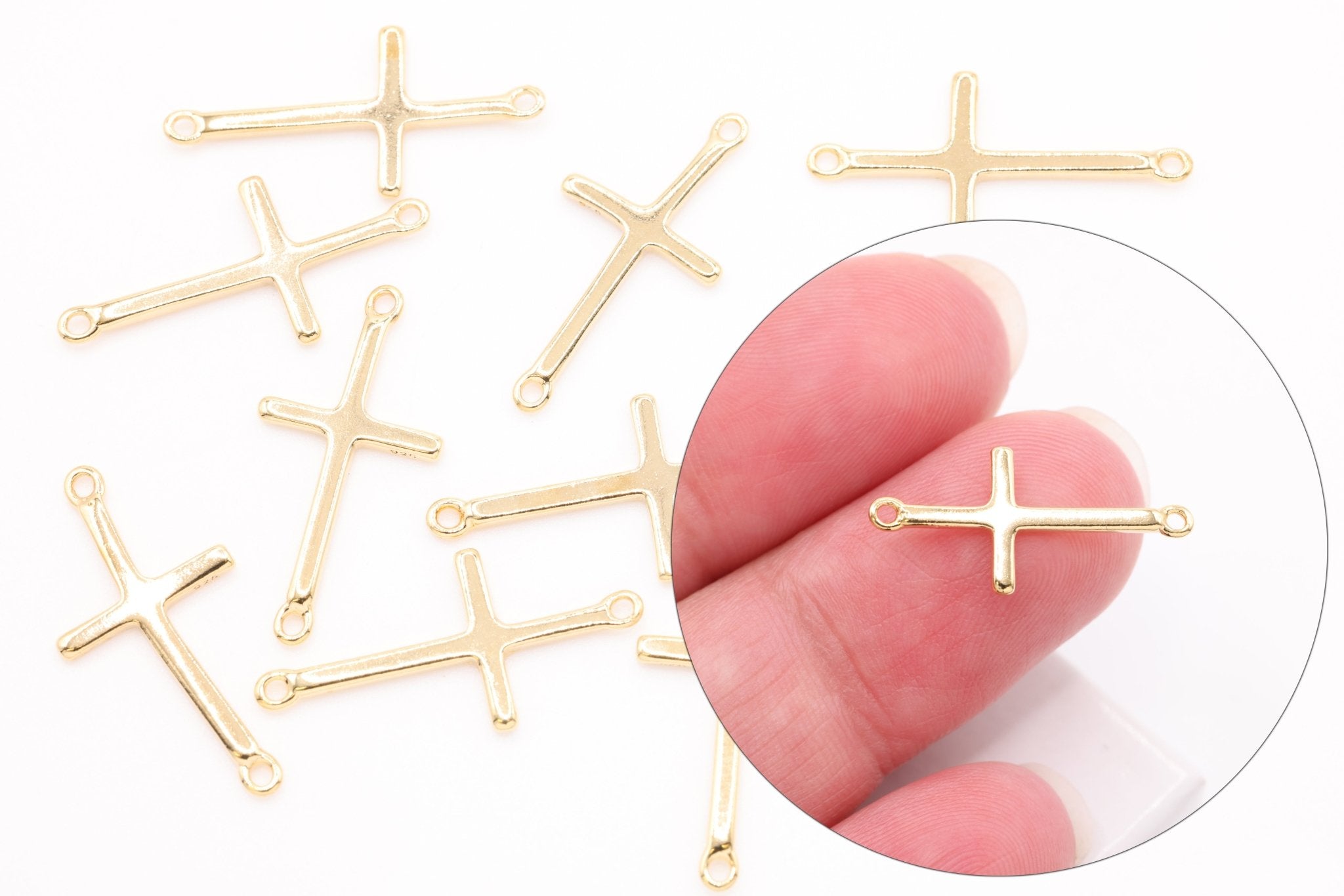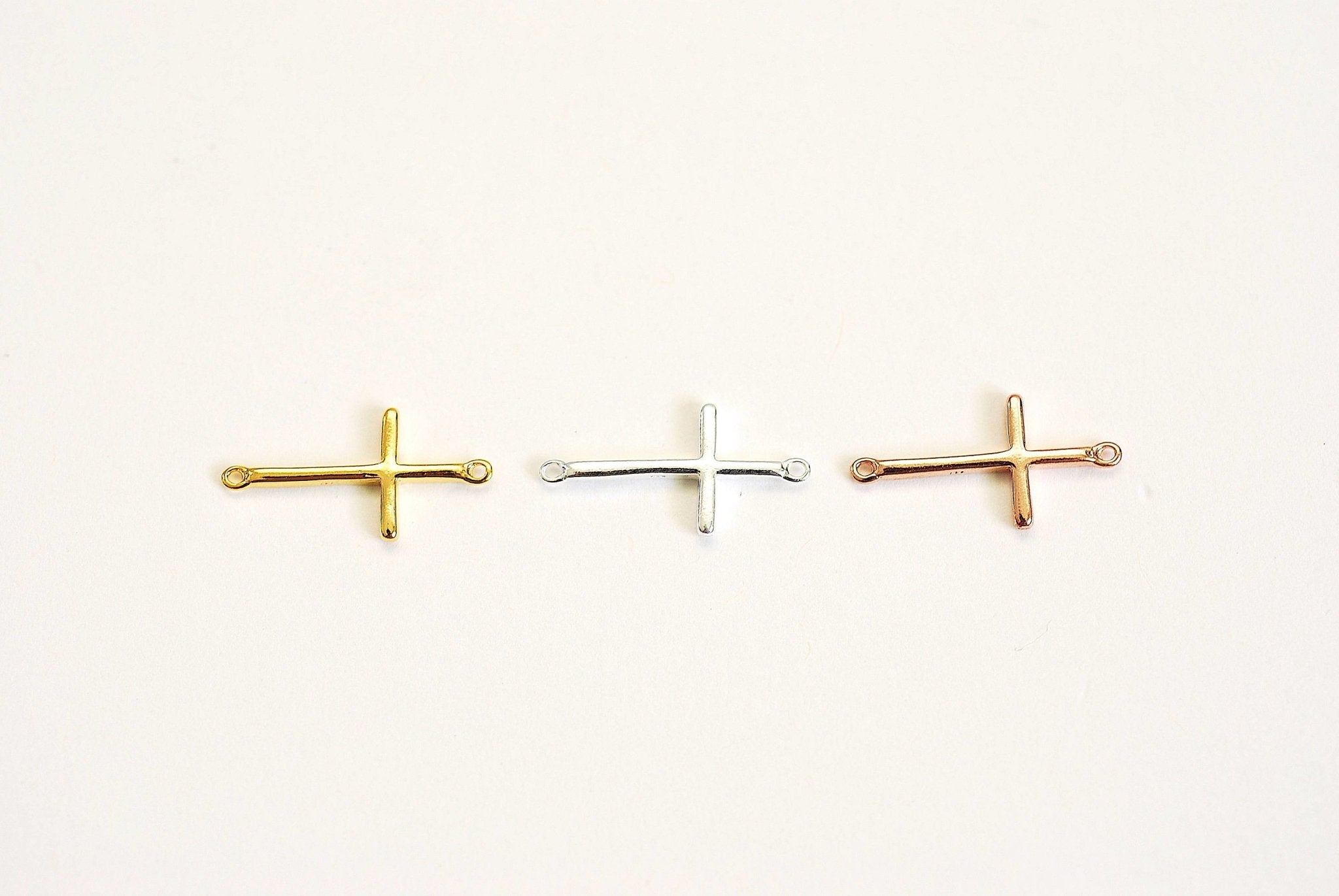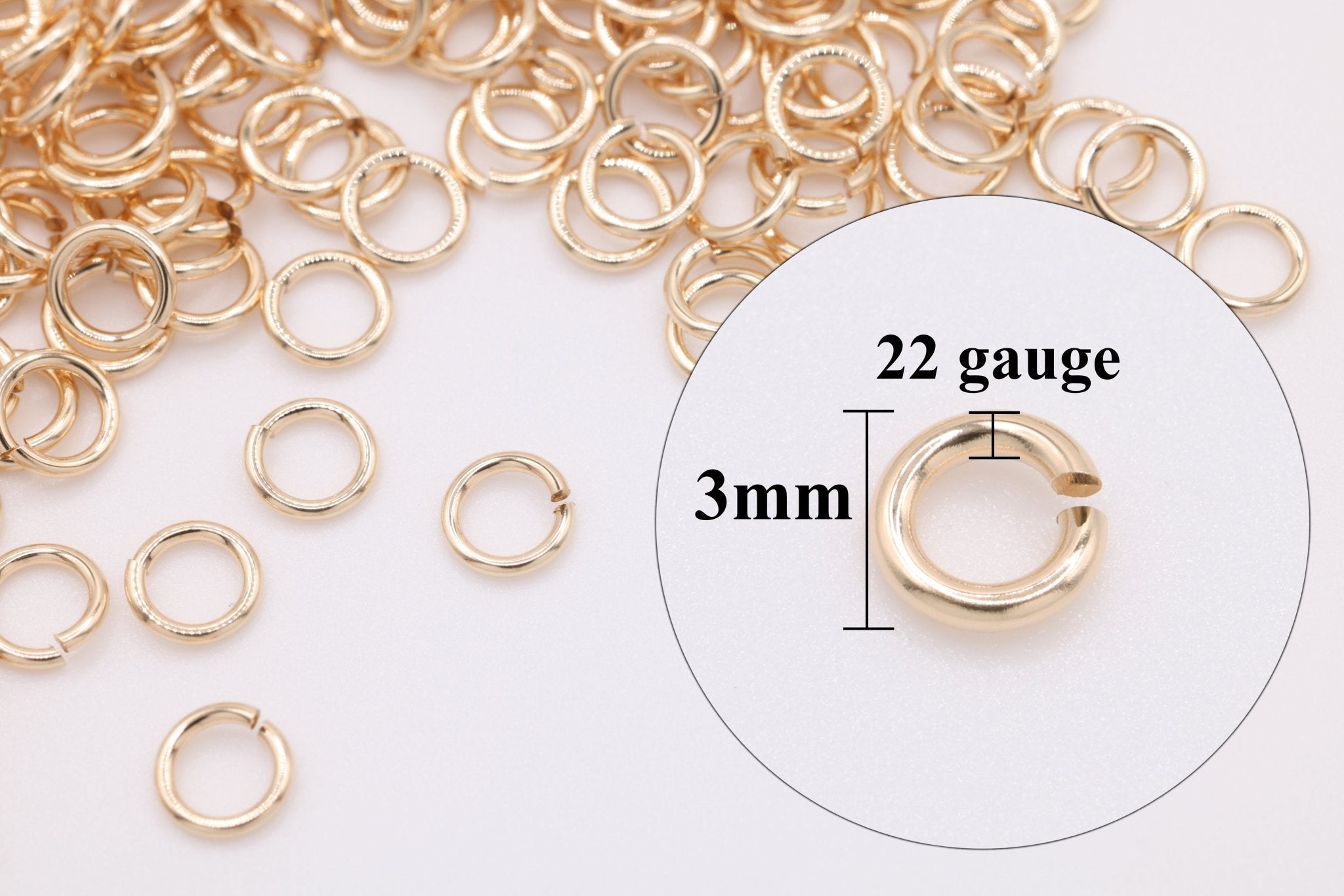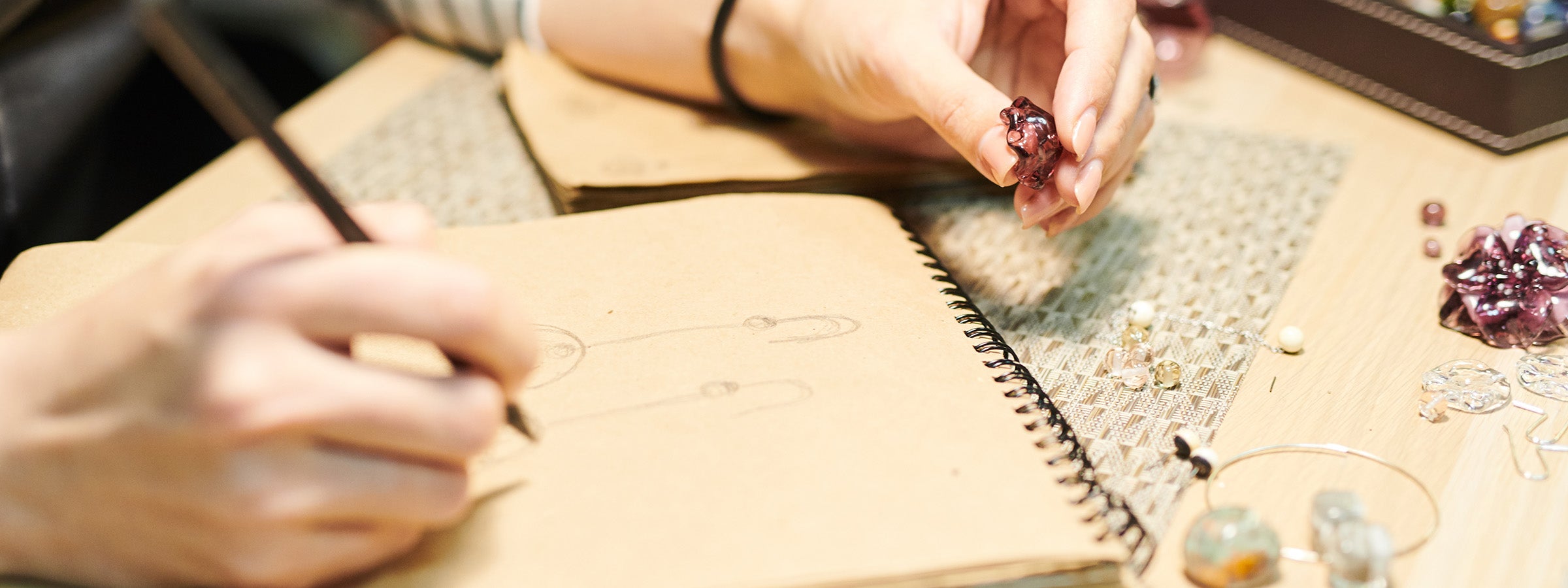Seashell Symbolism and Meaning
By: Leslie H.
Seashells, often scattered along sandy beaches and ocean beds, are not just natural treasures but also carry profound symbolism across various cultures and history. Let's delve into the intriguing world of seashells, exploring their symbolic meanings and how they have been perceived and used throughout different epochs and societies.
What are Seashells?
Seashells are the exoskeletons of mollusks such as snails, clams, and oysters. Formed from the secretions of these sea creatures, they come in an astounding variety of shapes, sizes, and colors, each unique and captivating. The intricate designs and patterns of seashells have fascinated humans for millennia, often regarded as artistic masterpieces crafted by nature itself.

History of Seashells
Historically, seashells have played a multifaceted role in human society. In ancient times, they were not only ornamental but also functional. For instance, the cowrie shell, with its glossy and porcelain-like appearance, was used as currency in various parts of Africa, India, and China. Additionally, seashells were among the earliest forms of jewelry, symbolizing status and beauty.
-
Currency and Trade: Seashells, particularly cowrie shells, were used as a form of currency in various parts of the world, including Africa, Asia, and the Pacific Islands. Their value stemmed from their beauty and rarity, making them a desirable medium for trade and commerce.
-
Jewelry and Adornment: One of the oldest uses of seashells is in personal adornment. Shells have been used to create necklaces, bracelets, earrings, and other forms of jewelry. They were often prized for their beauty and used to signify social status or affiliation. SHOP Seashell Charms and Jewelry
-
Tools and Utensils: In many coastal cultures, seashells were fashioned into tools and utensils. Larger shells could be used as scoops or ladles, while smaller, sharper shells were used as cutting tools or scrapers. Some cultures also used shells as blades or for hunting and fishing tools.
-
Religious and Ceremonial Objects: Seashells have played significant roles in various religious rituals and ceremonies. In Hinduism, the conch shell is a sacred symbol and is used in religious practices. Similarly, in Native American and indigenous cultures, shells are often used in ceremonies and are considered to have spiritual significance.
-
Musical Instruments: Shells have been used to create musical instruments like trumpets or horns, especially conch shells, which produce a deep, resonant sound.
-
Art and Decoration: Artistic use of seashells is evident in various cultures, from intricate shell mosaics to decorative items in homes. This practice highlights the aesthetic appreciation of seashells throughout history.
SHOP Seashell Charms and Jewelry
-
Christianity: In Christian symbolism, the scallop shell is most famously associated with the pilgrimage to Santiago de Compostela. It has become a symbol of the pilgrimage itself, known as the Camino de Santiago. The scallop shell is also symbolic of baptism; its layers are said to represent the multiple layers of religious teachings, and the use of shell-shaped fonts for baptismal water can be seen in many churches.
-
Hinduism: The conch shell, known as 'Shankha' in Sanskrit, holds a significant place in Hindu rituals and iconography. It is a symbol of the god Vishnu, one of the principal deities of Hinduism. The conch shell is often used in Hindu ritual practices; it is blown like a trumpet during religious ceremonies and is believed to banish evil spirits, purify the environment, and start the beginning of something auspicious.
-
Buddhism: Similar to Hinduism, the conch shell is also an important symbol in Buddhism. It represents the spread of the teachings of Buddha, with its sound metaphorically spreading the Dharma. Tibetan Buddhism particularly values the conch shell, and it is often used in religious ceremonies and as a musical instrument in monastic assemblies.
-
Indigenous and Tribal Religions: In many indigenous and tribal religions, especially those in coastal regions, seashells are used in various religious rituals and ceremonies. They are often believed to have protective powers and are used in healing practices, spiritual cleansing, and other sacred rituals.
-
African and Caribbean Religions: In African and Afro-Caribbean religions such as Vodun, Candomblé, and Santería, cowrie shells have a significant spiritual and divinatory role. They are often used in divination practices and are symbolic of wealth, prosperity, and protection.
-
Ancient Greek and Roman Mythology: In Greco-Roman mythology, seashells are associated with various deities linked to the sea, such as Aphrodite/Venus, the goddess of love and beauty, who is often depicted emerging from a seashell. This imagery signifies birth and fertility.

Seashell a Symbol of Fertility and Femininity
In many cultures, seashells are emblematic of fertility and birth, owing to their association with water - a life-giving and feminine element. The smooth, curved form of shells also draws a parallel to the female form, making them symbols of goddesses and feminine energy.
In classical mythology, Venus, the goddess of love and beauty, is often depicted emerging from a seashell, born from the ocean's foam. This imagery links seashells with feminine beauty and sensuality. Venus also embodies fertility and procreation, further solidifying the connection between seashells and these attributes. The Venus scallop shell, with its radiating ridges, became a symbol of fertility and pilgrimage in many cultures.
Seashell a Symbol of Transformation and Healing
Just as mollusks transform and grow their shells, seashells symbolize growth, transformation, and the journey of life. Their presence in healing rituals and practices in various indigenous cultures underscores their perceived power to cleanse and rejuvenate.
-
Shedding the Past: Just as a mollusk outgrows its shell and leaves it behind, forming a new, larger home, seashells remind us of the transformative power of change. We, too, must shed the limiting shells of our past, whether negative patterns, outdated beliefs, or painful experiences. This shedding, though not always easy, allows us to grow and evolve into stronger, more authentic versions of ourselves.
-
Resilience and Regeneration: The ocean is a harsh mistress, and the shells that survive its constant battering bear the marks of its power. Cracks, chips, and repairs tell stories of struggle and resilience, reminding us that even the most delicate creatures can weather life's storms. These imperfections, rather than detracting from their beauty, become emblems of strength and the remarkable regenerative power of nature, inspiring us to find healing and wholeness even amidst our own challenges.
-
Inner Chambers and Hidden Depths: The spiraling chambers of many shells, like the nautilus and conch, evoke the metaphor of our inner journey. Each chamber represents a stage of growth, a lesson learned, a layer of experience added to our personal narrative. By delving into our own inner chambers, confronting hidden thoughts and emotions, we can uncover the treasures buried within and embark on a transformative journey of self-discovery.
-
Protection and Nurturing Embrace: The hard, protective exterior of a shell offers a safe haven for the vulnerable mollusk within. Similarly, seashells can symbolize the importance of creating our own protective spaces, both physical and emotional. By carving out time for self-care, nurturing our well-being, and setting healthy boundaries, we create the conditions necessary for healing and personal growth.
-
Finding Beauty in Brokenness: In some cultures, the art of Kintsugi, the practice of repairing broken pottery with gold, honors the beauty of imperfection. Likewise, broken seashells can symbolize the transformative power of embracing our flaws and challenges. When we see our cracks and scars not as defects, but as intricate parts of our story, we begin to heal and emerge even more beautiful and resilient.
- Inner Chambers and Hidden Depths: The spiraling chambers of many shells, like the nautilus and conch, evoke the metaphor of our inner journey. Each chamber represents a stage of growth, a lesson learned, a layer of experience added to our personal narrative. By delving into our own inner chambers, confronting hidden thoughts and emotions, we can uncover the treasures buried within and embark on a transformative journey of self-discovery.

Seashells used Today
Today, seashells continue to be cherished, not just for their natural beauty but also for their symbolic meanings. They are popular in home decor, jewelry, and art, serving as reminders of the ocean's vast mysteries and the interconnectedness of life. For many, collecting seashells is more than a hobby; it's a way to connect with nature and the diverse cultural narratives that these oceanic gems embody.
From ancient currency to modern art, seashells have transcended their oceanic origins to become symbols rich in meaning and history. Whether viewed through the lens of spirituality, beauty, or nature's artistry, seashells continue to captivate and inspire, reminding us of the deep and enduring connections we share with the natural world.
SHOP Seashell Charms and Jewelry

